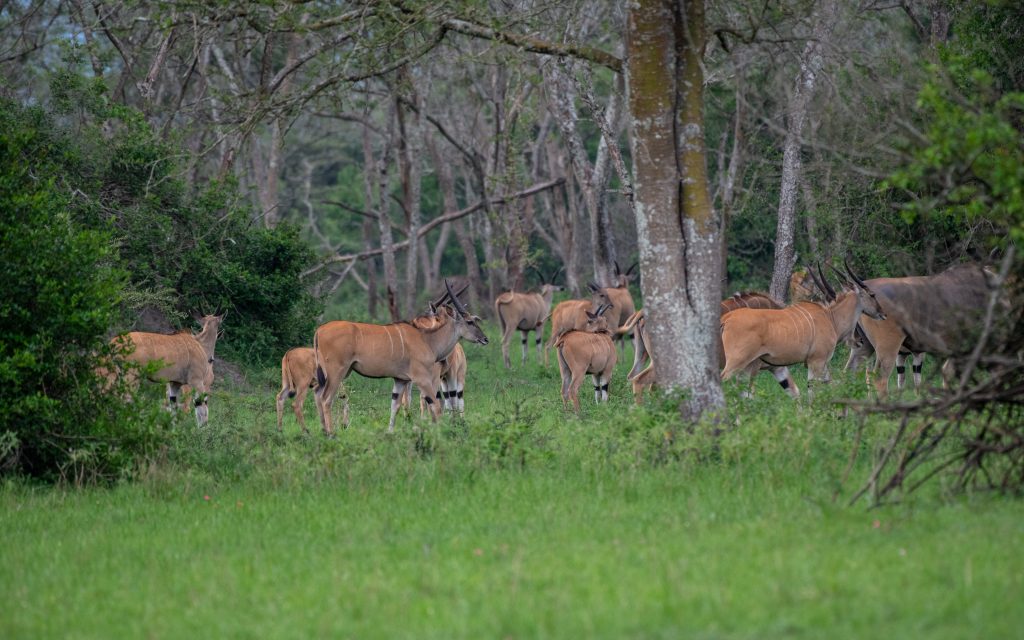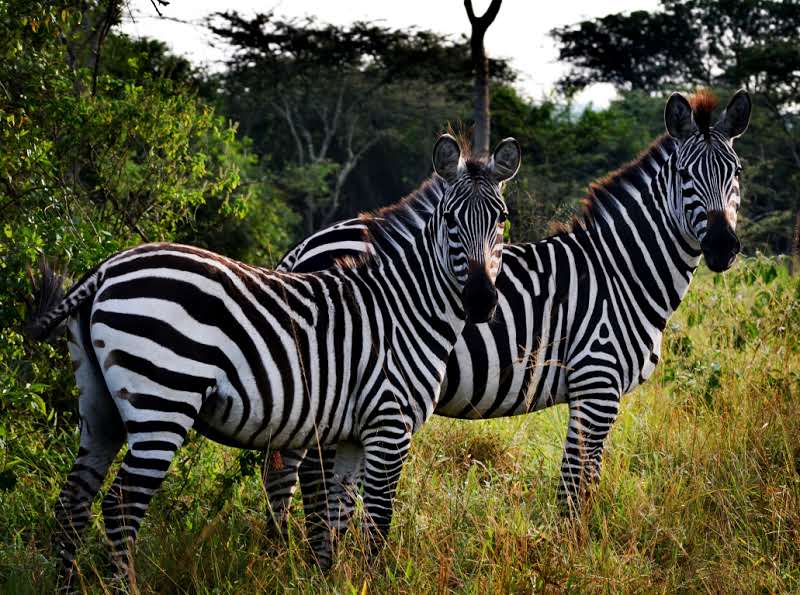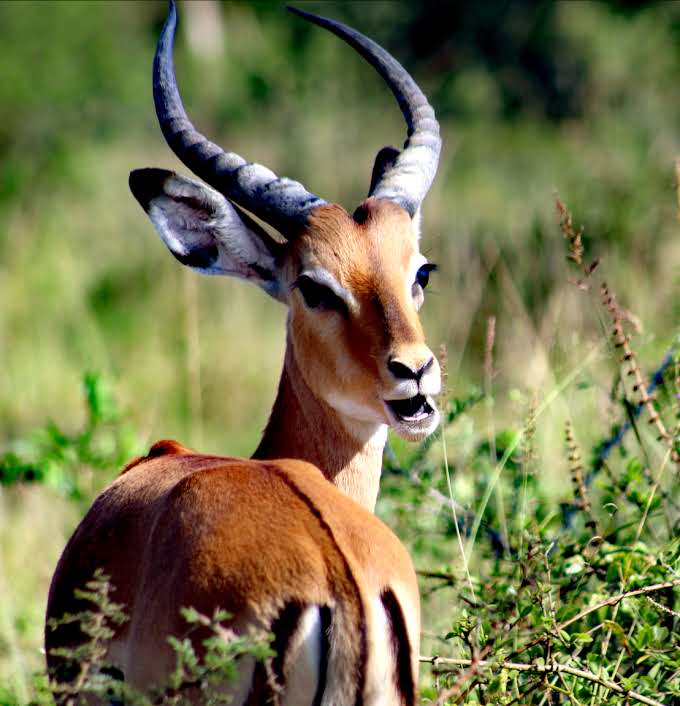
Lake Mburo National Park
ONE OF UGANDA’S MAGNIFICENT SAVANNA PROTECTED AREAS
LAKE MBURO NATIONAL PARK OVERVIEW
Lake Mburo National Park is one of Uganda’s magnificent savanna protected areas, a compact gem and also the most accessible destination from the heart of Kampala city centre. As of 1933, the present Lake Mburo National Park was a designated controlled hunting area, and in 1963, it became a game reserve and in 1983, it was gazetted as a park. This compact savanna park spans an area dominated by the Bahima (Banyankole pastoralists).
LOCATION
Lake Mburo National Park is situated in Western Uganda, Kiruhura District, and conveniently close to the route that connects Kampala to other parks in the western part of the country. It is dominated by the scenic Lake Mburo, accessible within 4 hour’s drive from the heart of Kampala.
Lake Mburo National Parkcovers over 260sq.km and its land area encompasses up to 5 spectacular Lakes. Considering its suitable location, a short tour of 2 days, 3 days or 4 days is enough for you to uncover the park’s hidden treasures. Its area coverage makes it one of the smallest parks in Uganda, the Pearl of Africa but contains abundant wildlife, especially impalas. The park’s landscape consists of stunning forests, grasslands, rolling hills, swamps, bush thickets, and Lakes.


WILDLIFE
Lake Mburo National Park supports a myriad of wildlife and includes a total of about 68 mammal species. The different safari wildlife that reside in this park include lions, zebras, giraffes, warthogs, crocodiles, leopards, jackals, hippos, hyenas, cape buffaloes, antelope families such as elands, topis, impalas, oribis, bushbucks, and more.
BIRDS
Within Lake Mburo National Park, there reside over 350 species of birds which include aquatic and terrestrial species. The park’s different avifaunal species include the papyrus yellow warblers, African fish eagles, African finfoot, brown chested wattled plovers, yellow-breasted pittas, Carruthers cisticolas, saddle-billed storks, coqui francolins, Abyssinian ground hornbill, rufous bellied herons, long-tailed cisticolas, shoebill stork, kingfishers, bare-faced go-away, crowned cranes, ross’s turacos, black-bellied bustard, red-shouldered tit, Nubian woodpeckers, to mention but a few. The key spots to consider visiting for bird watching in Lake Mburo National Park include Miriti, swampy valleys, Lubanga forest, and salt licks area.
BEST TIME TO VISIT THE PARK
Lake Mburo National Park is visited by Uganda safari holidaymakers throughout the year. However, the dry season is the most ideal time to go tour the park. Lake Mburo National Park records two phases of the dry season –short & long. The long dry months –are June, July, August and September while the short drier months run from December, January and February. Navigating through the park’s game tracks during these months is easier due to little or no rain with trails kept relatively drier. Lake Mburo N/Park being an all-year-round destination, there is a chance to also travel and explore the park during the wet/rainy months –March, April and May or October, & November.
Safari Activities of Lake Mburo National Park
WHERE TO STAY
At Lake Mburo National Park, tourists on Uganda safaris can choose from budget, midrange and luxury options.
- The basic safari lodges to spend a night include Lake Mburo Campsite and Rwonyo Rest Camp;
- Midrange lodges –Rwakobo Rock, Mburo Eagle’s Nest, Mburo Safari Lodge, Acadia Cottages,
- Luxury options –Kigambira Lodge, Mihingo Lodge and Mantana Tented Camp.
GETTING THERE
Lake Mburo National Park is by far the most accessible wildlife park in Uganda, taking tourists not more than 4 hours to drive from the heart of Kampala’s capital. Access to the park is possible on the Kampala-Mbarara route and you can get to the park through Nshara and Sanga gates. By air, spend the shortest time flying from Entebbe Airport/Kajjansi Airfield to Mbarara Airfield and you will connect to the park for your wildlife safaris.
